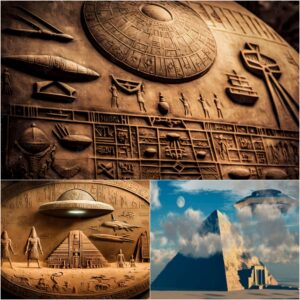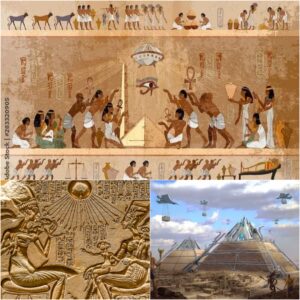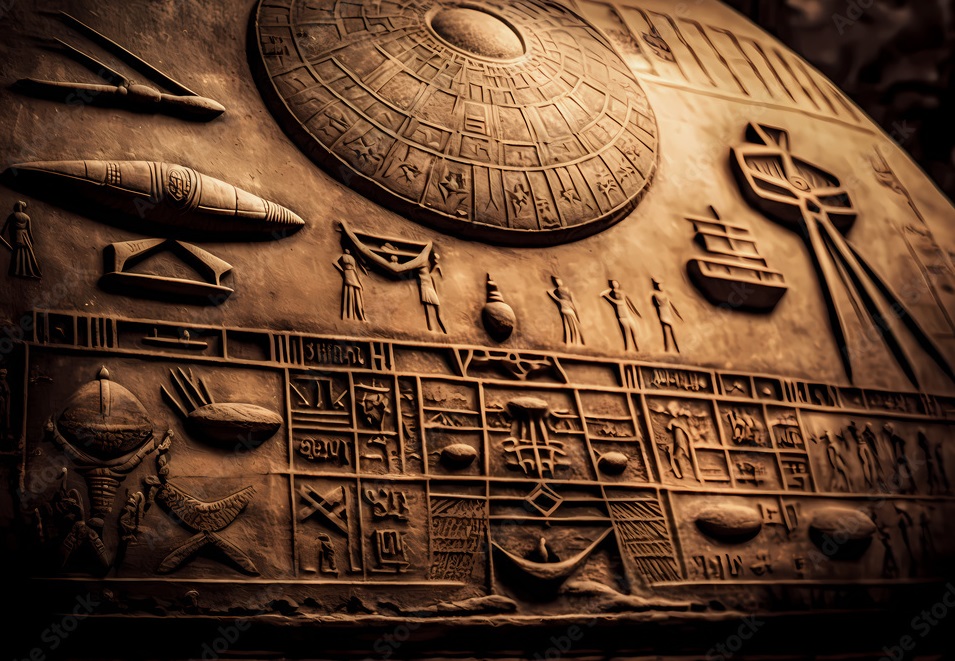
The ancient Egyptian civilization, renowned for its colossal pyramids, preserved pharaohs, and cryptic hieroglyphs, has perpetually intrigued scholars and enthusiasts alike. Among the mysteries that have stirred fascination, a particularly captivating one involves hieroglyphs believed by some to illustrate unidentified flying objects (UFOs) and extraterrestrial entities. This compelling notion merges ancient artistic expression with contemporary speculation, prompting contemplation on the prospect of early human encounters with beings from beyond. The tantalizing hypothesis that ancient Egyptians may have experienced contact with alien civilizations blurs the boundaries between historical accounts and science fiction.

Hieroglyphics, a sophisticated system of writing employing symbols to signify sounds, ideas, and objects, have generated interest in certain carvings and paintings among UFO enthusiasts and alien theorists. These depictions include what appear to be disc-shaped objects hovering in the sky, humanoid figures with disproportionately large heads and elongated limbs, and other unconventional representations that challenge conventional explanations.
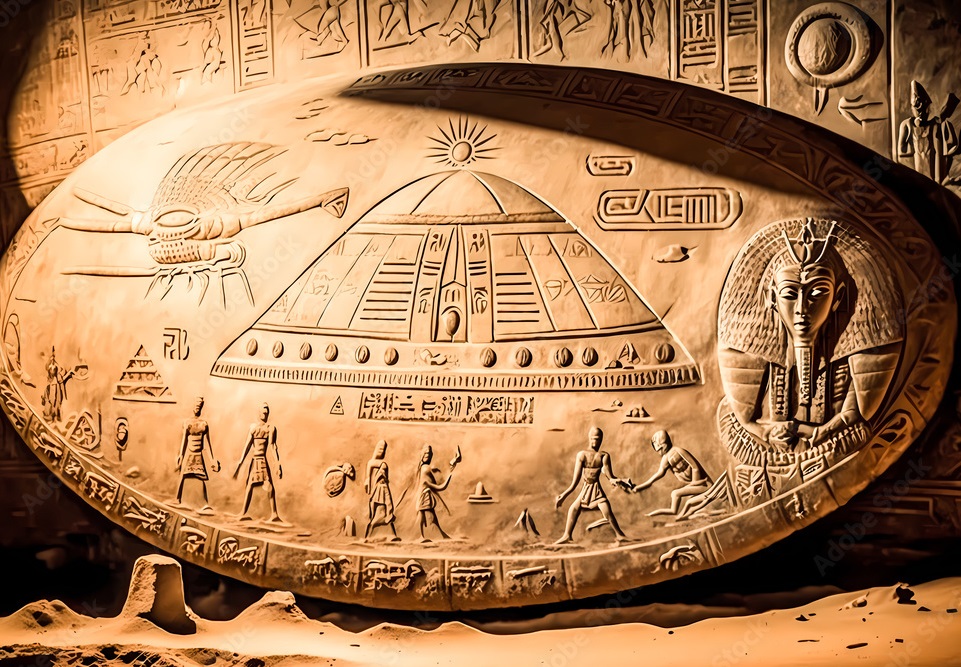
Advocates of the ancient astronaut theory propose that these images could be evidence of extraterrestrial visits in the distant past. They theorize that advanced extraterrestrial beings might have influenced the development of early human civilizations, contributing to the evolution of their cultures and technologies. According to this theory, the Egyptians recorded these potential interactions through their intricate system of hieroglyphs.
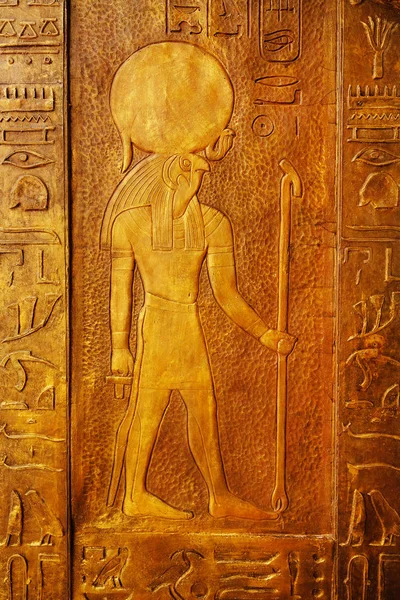
Skeptics, on the other hand, argue that these interpretations stem from pareidolia – the human tendency to perceive familiar patterns, such as faces or figures, in random or ambiguous visual stimuli. Egyptologists and historians often interpret these symbols as representations of religious or mythological themes, consistent with the artistic expressions of ancient cultures.
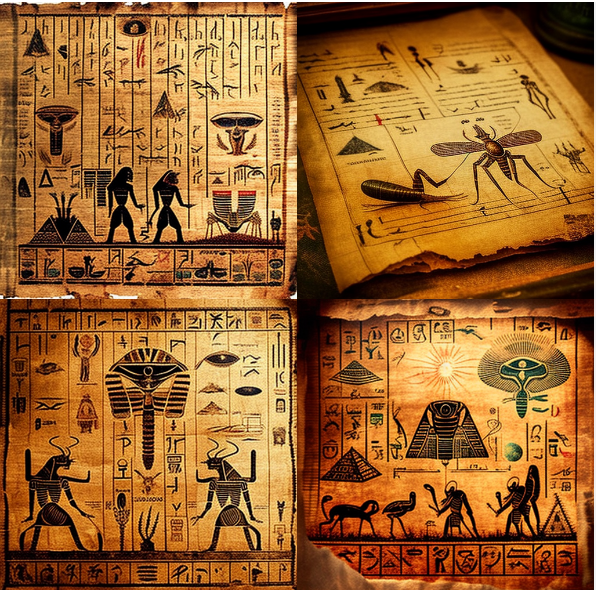
The debate surrounding the presence of UFOs and aliens in ancient Egyptian hieroglyphs initiates a broader discourse on the mysteries of UFOs and extraterrestrial life throughout human history. The fascination with the possibility of contact with extraterrestrial entities transcends contemporary curiosity, constituting a timeless inquiry that spans civilizations.
The enduring allure of the unknown, combined with humanity’s inherent desire to explore and comprehend the cosmos, propels interest in alien life forms and their potential interactions with ancient societies. Whether these hieroglyphs represent artistic expressions, symbolic depictions, or a form of historical documentation of alien contact remains subject to interpretation and ongoing debate.
As humanity continues to explore the vast expanses of space and delve into the mysteries of the universe, the questions stemming from these ancient symbols persist as part of the larger puzzle of human existence. The quest for discovering extraterrestrial life remains an ongoing source of intrigue for scientists and enthusiasts alike, transforming the study of ancient civilizations, such as Egypt, into not just a retrospective journey but an exploration of potential realities within our universe. The ancient hieroglyphs of Egypt, thus, stand as a testament to humanity’s perpetual quest for knowledge and the timeless mystery of our place in the cosmos.




